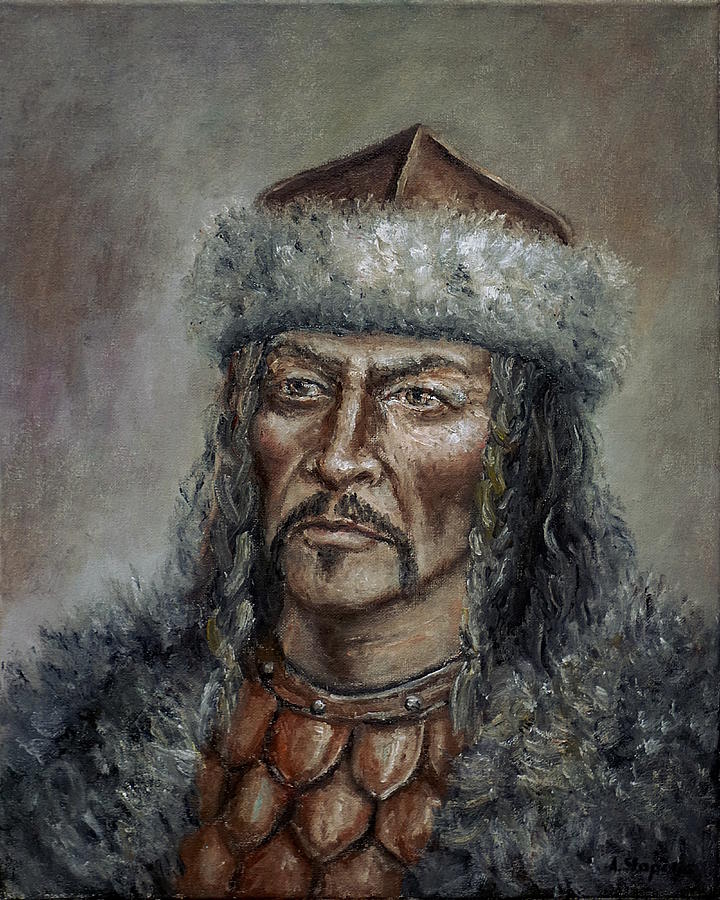From this morning’s Weekend Edition Saturday, Scott Simon’s essay, Captains of Integrity. Even if you’re a regular listener – it’s worth reading on the page for the essay itself, as a reminder that at times the production values of radio – and a familiar voice – can prevent us from catching the full power of words. Here’s a link to the piece, including the audio. The full text follows:
· Over the past few weeks, there have been captains in the news to remind us of responsibility, which is a form of conscience.
Capt. Richard Phillips has been acclaimed for risking his own safety for that of his crewmates aboard the cargo ship Maersk Alabama.
But another ship’s captain, Cmdr. Frank Castellano of the U-S-S Bainbridge, took the responsibility to order Navy Seals to open fire on the pirates when he thought, after four days, there might be a moment of opportunity to free Captain Phillips.
If something had gone only slightly wrong – if a single bullet, fired by a man on the deck of a boat in a bobbing sea, had missed by a fraction – Captain Phillips might have been killed, and Commander Castellano would have been second-guessed by every talking head from Fox News to Pacifica Radio.
Capt. Chesley Sullenberger has reminded admirers how many things had to go utterly right for him to make his famous, almost splashless landing of his disabled US Airways jet onto the Hudson River in January.
His decision to put down in the water, rather than risk crashing into midtown Manhattan, seems so wise now. But had wind whipped up the water or tipped a wing, people who don’t know how to make a paper airplane would have second-guessed the decision Captain Sullenberger made in a split second.
This week, Richard Scheidt died, at the age of 81. Mr. Scheidt became a photographic icon when he was a Chicago firefighter in December, 1958, and called to a fire at the Our Lady of Angels school.
Ninety-two children and three nuns were killed in the smoke and flames. The photograph that raced around the world showed Mr. Scheidt, his face grimy and his shoulders slumped, carrying the body of a 10-year-old boy in his arms.
He became a captain. And this week, Dep. Commissioner Bob Hoff recalled how, in scores of fires that were never in the news, Captain Scheidt would hold back his men but go first into a burning building.
Commissioner Hoff told the Chicago Tribune, “He never asked anyone to do something he wouldn’t do.”
I think many Americans have been uplifted to see real-life captains who, unlike some captains of finance and industry, have the character to make hard decisions, share risks, think of others, and live by the consequences.
It’s been reassuring to see such men and women and know that in these times, in scores of places, “The captain is on the bridge.”

